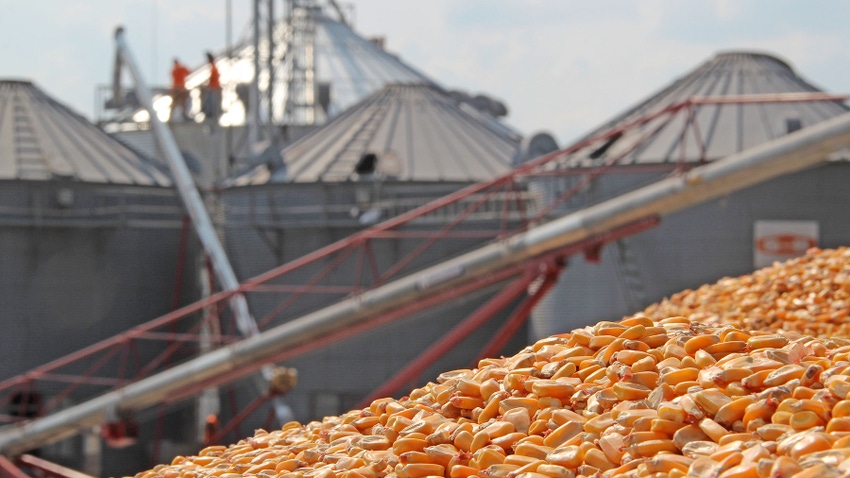
Low river levels have impacted off-farm storage utilization last year for the five Southern states bordering the Mississippi River (Kentucky, Missouri, Tennessee, Arkansas, and Louisiana), in particular, changes in corn held in off-farm storage.
USDA-NASS (2023) reports off-farm stock numbers quarterly, including bushels stored on and off-farm. Net off-farm storage disbursement can be calculated by subtracting off-farm stocks in the previous quarter.
For 2022/23, corn disbursements trailed the 5-year average in the five southern states bordering the Mississippi River.
Lower net disbursement was likely caused by low river levels, which increased barge freight and caused the corn basis to widen (Gardner, Biram, and Mitchell, 2023).
Corn shipping delays
Once river levels returned to normal, elevators tended to barge soybeans as they have a higher value on a per-bushel basis, further delaying corn shipments (USDA-NASS, 2023).
Figure 1 shows aggregate corn disbursement rates for all five states compared to the 5-year average. Figure 2 further breaks down the data by state.


Typically, most corn is put in off-farm storage in Quarter 1 (Q1) of the marketing year, which consists of September, October, and November. Corn is then disbursed as the marketing year progresses.
Figure 1 indicates that in Q2 of last year, negative disbursement occurred. Negative disbursement percentages indicate that corn was added to off-farm storage.
Additional corn storage in Q2 was likely driven by river level declines, which slowed corn shipments through the Mississippi River.
The bulk of corn added to off-farm storage in Q2 occurred in Louisiana and Mississippi (Figure 2).
Corn not moving
As elevators in Mississippi could not move corn downriver, they filled their storage space and stopped taking delivery, causing producers to delay harvest and “store” corn in the field.
Louisiana could still utilize the river for transport. Thus, the increase in off-farm supplies in Q2 was likely driven by producers in surrounding states delivering to Louisiana from more northern states.
In Q3, the basis neared normal. On a percentage basis, the states disbursed 40% (-1% less 39%; figure 1) of the corn stored in Q1, the same as the 5-year average (10% less 50%).
In Q4, producers disbursed 5% (39% compared to 34% on average) more off-farm corn than average, likely allowing some producers to capture the high June prices induced by drought fears on new crop supply.
Q4 disbursement rates trailed 6% below the average, indicating that close to 23.5 million bushels were carried into the new marketing year.
Looking ahead to the 2023/24 marketing year, river levels have again caused the basis to decline, and off-farm storage will be an important risk management tool in these five states.
As river levels improve, the basis should rise to normal levels. However, slow disbursement in the first quarter of the 2023/24 marketing year may hinder basis improvement.
Source: Southern Ag Today
About the Author(s)
You May Also Like






